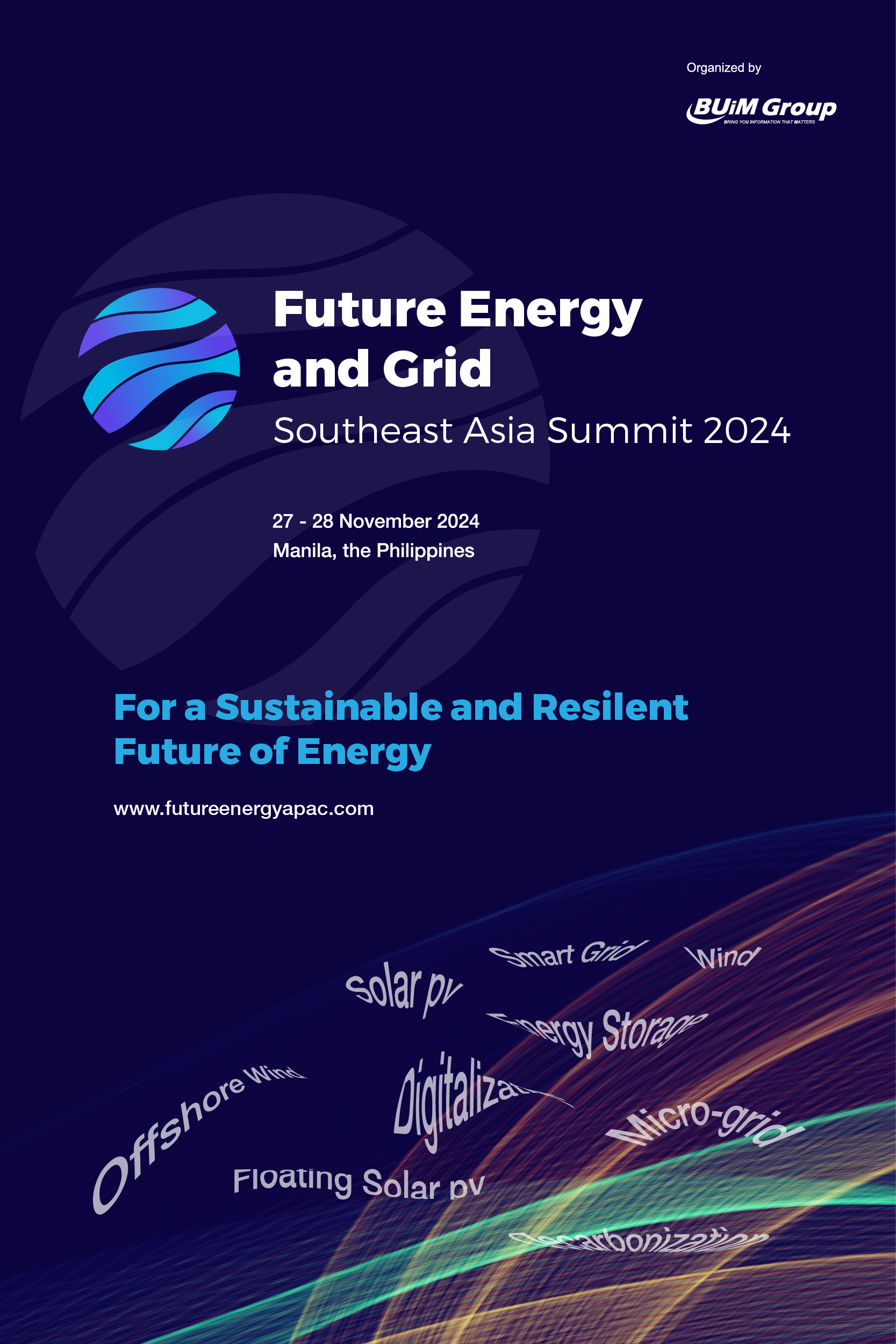The Department of Energy (DOE) has released the terms of reference (TOR) for the second round of the Green Energy Auction Program (GEA2), with a target installation target of 3,600 megawatts (MW) by 2024.
In a statement to the media, DOE said that the auction capacity requirement for 2024 is 2,400 MW for Luzon, 870 MW for Visayas, and 330 MW for Mindanao.
For ground-mounted solar, the target for Luzon is 1,420 MW, 325 MW for Visayas, and 280 MW for Mindanao.
Meanwhile, the target for roof-mounted solar is 160 MW for Luzon, 45 MW for Visayas, and 30 MW for Mindanao.
As for onshore wind projects, the target capacity by 2024 for Luzon is 800 MW and 400 MW for Visayas.
Biomass installation targets, meanwhile, are 20 MW for Luzon, 100 MW for Visayas, and 20 MW for Mindanao.
The supply contract under the GEAP will be for a 20-year period beginning from the date of the commercial operation of the RE project.
“Qualified suppliers intending to participate in this auction round are expected to register with the DOE in accordance with the applicable TOR by submitting complete requirements. An evaluation shall then be conducted by the GEA-Bids Evaluation and Awards Committee. Qualified bidders will be posted on the DOE’s official website prior to the conduct of the Pre-Bid Conference,” DOE said in a statement.
The GEAR prices will be released by the Energy Regulatory Commission (ERC) on April 27, while registration of qualified suppliers will be from May 3 to May 12, 2023.
The posting of qualified bidders will be on May 24. Meanwhile, the issuance of notice of awards will be on June 28, 2023
The DOE also disclosed the target installation for 2025 also at 3600 MW, and for 2026 at 4400 MW.
Among the RE sources targeted for 2026 include floating solar and waste-to-energy projects.
The GEAP was launched in order to continuously trigger the increase of renewable energy capacity in the country, which will help in reaching the government’s target of 35% RE in the energy mix by 2030, and 50% by 2040.


